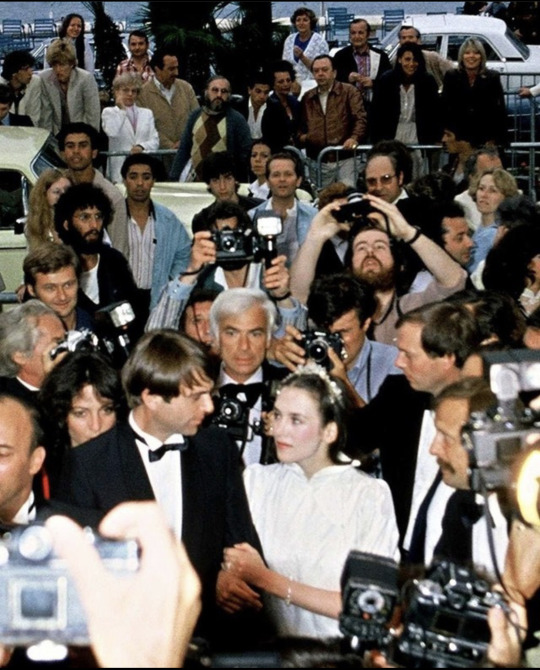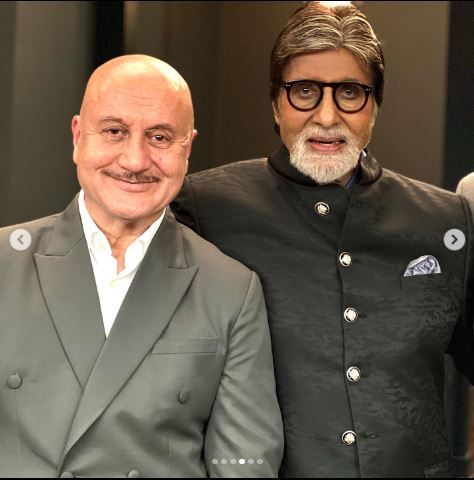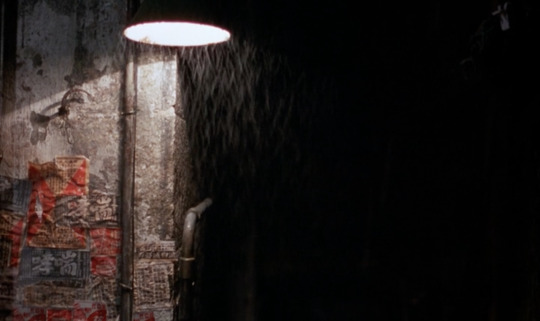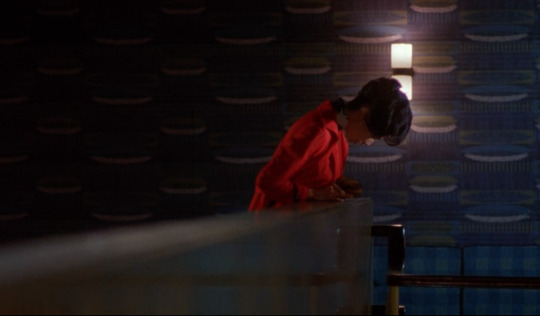#purecinema
Explore tagged Tumblr posts
Text

Sam Neill and Isabelle Adjani at the Cannes premiere of Possession, 1981.
#film#movies#possession#possession 1981#andrzej zulawski#cannes film festival#pure cinema#purecinema#isabelle adjani#sam neill
649 notes
·
View notes
Text
Buffy the Cheerleader Slayer
Interview with the cheerleader
41K notes
·
View notes
Photo

MCU - 2Shot + OS #shotdesigner #filmphotography #filmmaking #dslrfilmmaking #filmcamera #lighting #cinematography #director #art #cameramovement #purecinema #cinematography #mobile #filmmaker #shortfilms #filmy #filmdirector #camerabag #cameralust #cameraassistant #lighttech (at New York, New York) https://www.instagram.com/p/ByVYD-GlUFD/?igshid=7dw23xtrxd2i
#shotdesigner#filmphotography#filmmaking#dslrfilmmaking#filmcamera#lighting#cinematography#director#art#cameramovement#purecinema#mobile#filmmaker#shortfilms#filmy#filmdirector#camerabag#cameralust#cameraassistant#lighttech
0 notes
Photo

Londyn for @vyllahome Thank you @purecinemaproductions for the opportunity #thisis5 #vylla #purecinema (at Coto de Caza, California) https://www.instagram.com/p/BtD_4uNBEBP/?utm_source=ig_tumblr_share&igshid=1psukl55wi42f
0 notes
Text

Jodie Foster, 1984, LIFE Magazine.
116 notes
·
View notes
Text
Name Challenge
Rules: Spell your URL using only movies you’ve enjoyed (each title only once) and tag 10 of your mutuals.
@twoheadedfilmfanatic tagged me on this. The choice was a little difficult, as multiple films came to mind for each letter, but I decided to pick some of my all-time and recent favorite films.
Freeway
In the Mood for Love
Laura
Matchstick Men
In Bruges
Scream
Thelma & Louise
American Honey
#@missdubois#@idasessions#@filmamour#@thereaintnothing#@filmbebe#@lovescreen#@thepromqueenexperience#@purecinema#@filmplanet#@sinematik
6 notes
·
View notes
Note
Favorite movie podcasts?
you must remember this
film comment pod (rip)
important cinema club
cinephilliacs (rip)
purecinema pod
the last thing I saw
the movies that made me
filmstage show (occasionally if they have a good guest)
cumtown
12 notes
·
View notes
Video
instagram
When "24" would just have a quick jam sesh. #pureart #purecinema #24 (at Los Angeles, California) https://www.instagram.com/p/BnSWe8zDLlL/?utm_source=ig_tumblr_share&igshid=dimsd0nmni81
0 notes
Photo

180' + 2 shot...am i right??? #shotdesigner #filmphotography #filmmaking #dslrfilmmaking #filmcamera #lighting #cinematography #director #art #cameramovement #purecinema #cinematography #mobile #filmmaker #shortfilms #filmy #filmdirector #camerabag https://www.instagram.com/p/ByFHER8l7gs/?igshid=1v014xfsrl68y
#shotdesigner#filmphotography#filmmaking#dslrfilmmaking#filmcamera#lighting#cinematography#director#art#cameramovement#purecinema#mobile#filmmaker#shortfilms#filmy#filmdirector#camerabag
0 notes
Photo

Wings of Desire, 1987, dir. Wim Wenders.

Homesickness, 1940 ~ Rene Magritte
3K notes
·
View notes
Text
DIMIF 2018: Stan Brakhage - A Key Figure in the History of Experimental Filmmaking

DYSPLA is very proud to have exhibited American dyslexic filmmaker Stan Brakhage’s Window Water Baby Moving at the DYSPLA International Moving Image Festival this month. Regarded as one of the most important experimental filmmakers of the 20th century, for DYSPLA, Brakhage represents the very inception of the ‘Dyslexic Aesthetic’.
He was one of the first artists to push the boundaries of the visual image, and to expand our view of what film can be. He wasn’t just simply a filmmaker, but an artist with a real love for his craft; a practitioner of what he often referred to as ‘pure cinema’.
His inclusion in our festival has given an all-important additional contextual layer to the curation. Not only is he an artist from a different era, who paved the way for those after him, but the experimental artistic aesthetic of Window Water Baby Moving helped in giving our film festival an innovative art gallery feel.
Brakhage’s goal was the liberation of the eye itself, the creation of an act of seeing, previously unimagined and undefined by conventions of representation, an eye as natural and unprejudiced as that of a cat, a bee or an infant. There were few filmmakers who went so far to train audiences to see differently, and that’s why DYSPLA was so excited to have Stan Brakhage’s work included at DIMIF.
It is perhaps unsurprising that Brakhage's films are usually both silent, and lacking in traditional story-telling - thus focusing the viewer’s attention on the pure visual experience. In that, they become more analogous to visual poetry than to prose or literature. Brakhage often referred to his films as ‘visual music’ or ‘moving visual thinking’.
His films however, are not completely devoid of narrative, and DYSPLA’s choice of Window Water Baby Moving was not coincidental. The film tells a story of birth; a story of expectation, anticipation, pain, relief and joy - a story which connected immediately with our audience and exemplified part of the ‘Dyslexic Aesthetic’ which DIMIF sought to capture and showcase.
“How many colours are there in a field of grass to the crawling baby unaware of ‘green’? How many rainbows can light create for the untutored eye? Imagine a world alive with incomprehensible objects, and shimmering with an endless variety of movement and innumerable gradations of colour. Imagine a world before the ‘beginning was the word’.” - Stan Brakhage (Metaphors on Vision, 1963)

*Image Courtesy of the Estate of Stan Brakhage and Fred Camper.
*Many thanks to Lux, for their support and co-operation in providing us with the footage of Window Water Baby Moving.
#stanbrakhage#filmmaker#non-narrative#experimentalfilmmaking#20thcentury#cinema#purecinema#seeing#perspective#composition#perception#poetry#birth#mortality#sexuality#innocence#dimif
0 notes
Note
could you give me some general film blogs to follow?? thanks !!
sure!
@filmgifs
@filmaticbby
@filmografie
@cinematographysource
@purecinema
@addictofcinema
@filmcuts
@cinematic-whoree
@scenesandscreens
@colorsinfilm
@movie-gifs
@cineasc
@fyeahmovies
@cinemastuff
@whencinemaisstill
@film-peaks
@mickey-flicks
@filmsgifs
@dreamyfilms
@cinemagifs
@facelesscinema
@gorgeousmovies
@dicaiprio
@filmien
@cinema-shots
@filmvisionary
@radfilmstills
@cinematapestry
@freakin-deakin
@filmforlife
@cinematicpaintings
@doyouevenfilm
@thefilmstage
@sinemas
@freezefilm
@freezethatscene
@oddfilmstills
@thnkfilm
@freshmoviequotes
@cine-magic
@filmsby
these are all the ones im following but if anyone else is a film blog or has one to recommend, feel free to comment!
🎥 let’s talk about film 🎥
30 notes
·
View notes
Text
Anupam Kher drops pics with 'Uunchai' co-stars Amitabh Bachchan, Boman Irani

Sep 13, 2022 13:52 IST Mumbai (Maharashtra) , September 13 (Always First): Actor Anupam Kher on Tuesday, dropped pictures featuring co-stars Amitabh Bachchan and Boman Irani from his upcoming movie 'Uunchai.' Taking to Instagram, the veteran actor treated fans with a series of pictures. Sharing the picture, "It always feels impossible until it is done!" #Uunchai is one such film. I feel special and lucky to be part of this magnum opus directed by God's own child #SoorajBarjatya. Proud to be working with a great team of actors and technicians! See you in theatres on 11-11-22! Jai Ho!#JoyOyMovies #PureCinema #Friendship."

In the first picture, the 'A Wednesday' actor was seen posing with Big B and the '3 Idiots' actor. He opted for a grey suit with a white shirt. Boman dressed in a light grey suit that he paired with a black shirt. While Amitabh was seen wearing a collared charcoal suit. All three donned a formal look. In the other pictures, director Sooraj Barjatya joined the team and was seen having a fun time.


Anupam also posted a picture of himself with the 'Don' actor.

As soon as the pictures were posted, the actor's fans and industry friends chimed into the comment section. Actor Anil Kapoor dropped a comment. He wrote, "Kher saab," with heart and fire emojis.

Anupam's 'Emergency' co-star Mahima Chaudhry reacted, she wrote," Wow it willl be great to see u all together. waiting for 11/11."

One of the users wrote, "All favourites in one picture."

Boman Irani also posted one of the pictures along with a caption. He wrote, "Man what a privilege!#uunchaithemovie has brought joy to many already. As far as I'm concerned you can see the joy written all over my face." On the occasion of Friendship Day, Amitabh Bachchan unveiled the first poster of his upcoming film. Directed by Sooraj Barjatya, this film is all about friendship. The film which is set to hit the theatres in November this year will see Neena Gupta, and Sarika, with Parineeti Chopra in a special appearance. The film also stars Danny Denzongpa and Nafisa Ali Sodhi. The film marks Sooraj Barjatya's return to direction after 7 years and has been extensively shot in Nepal. Going by the looks of it, it seems like the film is going to be all about the three lead actors' expedition to Everest. The movie is all set to clash with Sidharth Malhotra's upcoming action thriller film 'Yodha', which also stars Disha Patani and Rashi Khanna in the lead roles. Makers began shooting for 'Uunchai' in October 2021 in Nepal. In April 2022, Anupam Kher announced the wrap of the film on his Instagram account. (Always First) Read the full article
0 notes
Text

A 19-year-old Ava Gardner.
116 notes
·
View notes
Text
In The Mood For Love (2000)
“He remembers those vanished years. As though looking through a dusty window pane, the past is something he could see, but not touch. And everything he sees is blurred and indistinct.”

In the Mood for Love is now twenty years old. Although his name will always be associated with it, the film was not a major breakthrough for Wong Kar-Wai – that honour is credited to Chunking Express – but it was the film with which the Hong Kong-born filmmaker definitively crowned himself one of the late 20th century masters of his medium. Distributor Cinéart is now bringing the recent 4K restoration of this masterpiece back into the cinemas. Yes, the best film to hit theaters this year is twenty years old.
Looking back, you can see that the film gathered a cartload of awards at various festivals (including Cannes), but those things fade quick. What really matters two decades later is the question ‘Has a more beautiful film about impossible love and feelings of loss than Wong Kar-Wai’s In the Mood for Love ever been made?’
The lyrical, dreamy-romantic style of the director of As Tears Go By and Days of Being Wild, reach a breathtaking formal climax here in a film that elevates the sublimation of a concept into sometimes elusive but sublime visual art.
The story essentially revolves around an adulterous affair between two inconspicuous figures (played superbly by Hong Kong cinema icons Maggie Cheung and Tony Chiu-Wai Leung) in the busy Hong Kong of the early-1960s. However, this simple fact is brilliantly fragmented into a labyrinthine narrative structure in which not only past and present intertwine, but also musings on what is and could have been are intertwined in a sophisticated way.

It’s a film that really invites the viewer into the act of looking and observing, noticing details, repetitions and variations; and makes it into an experience in itself. In the Mood for Love essentially consists of the puzzle pieces of a double extramarital relationship, which the viewer has to fit together on their own. Only that exercise is only half important because what the films really wants is to try to make tangible in images is feelings of intense sadness, of pain for what can’t be, of disappointment because of missed opportunities.
This intense nostalgia takes shape in an aural way (there is a wonderful score by composer Shigeru Umebayashi whose recurring theme is unforgettable) and through a visual intoxication that carries clear echoes of the expressive power of 'film noir’ and ' neo-noir'. Through the overwhelming visual splendour, the sublime frames and the moments of pure aesthetic pleasure, In the Mood for Love offers a viewing experience for which the word 'beautiful' can only ever be a weak euphemism.

@vastness-and-sorrow @mad-prophet-of-the-airwaves @purecinema @idasessions @missdubois
#in the mood for love#in the mood for love 2000#wong kar wai#christopher doyle#maggie cheung#tony leung#romance#movies#films#film#cinema#asian cinema#hong kong cinema#film review
69 notes
·
View notes